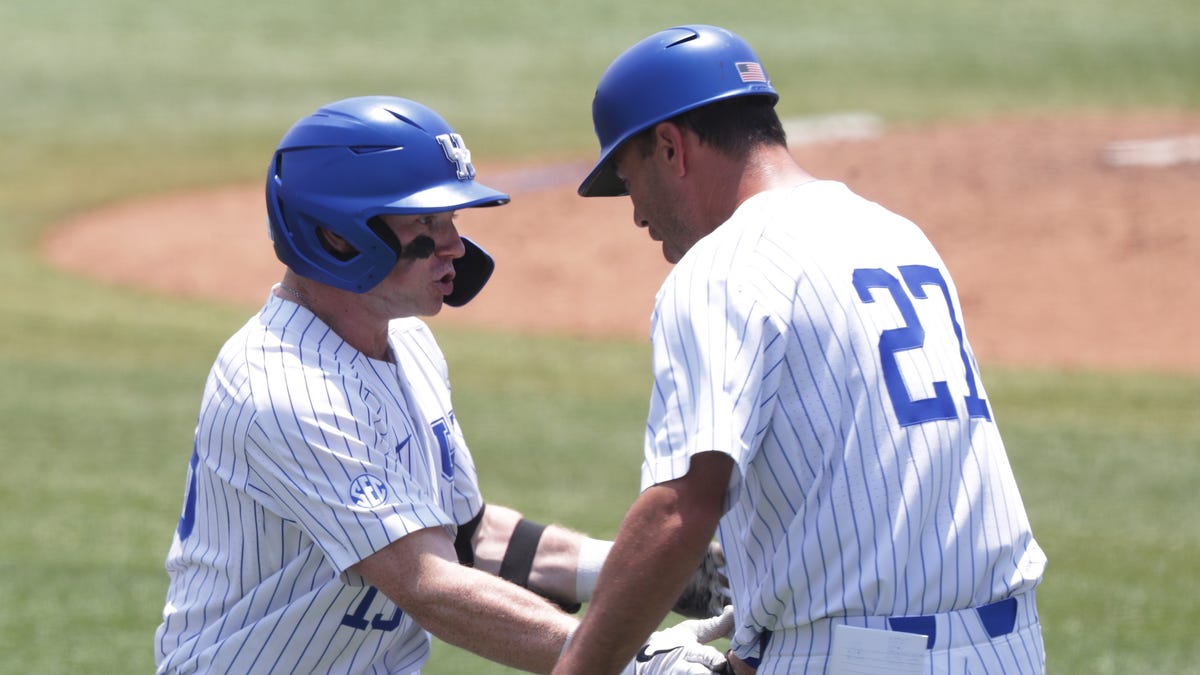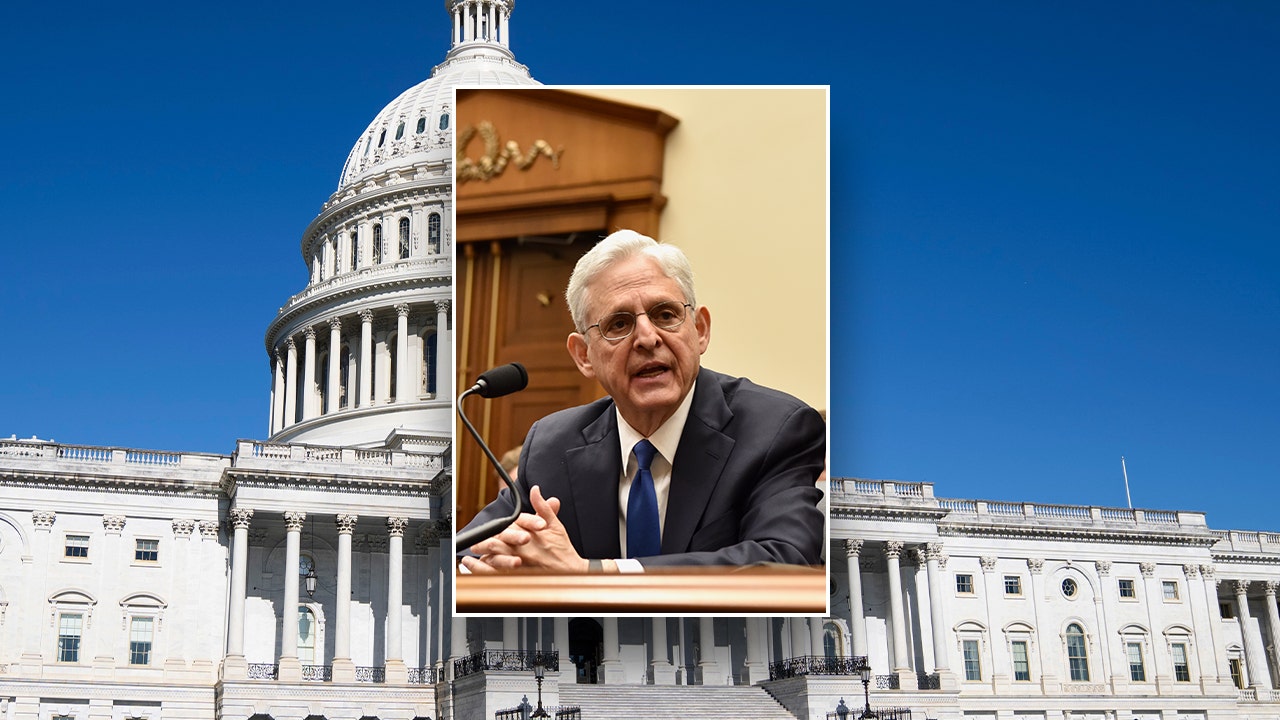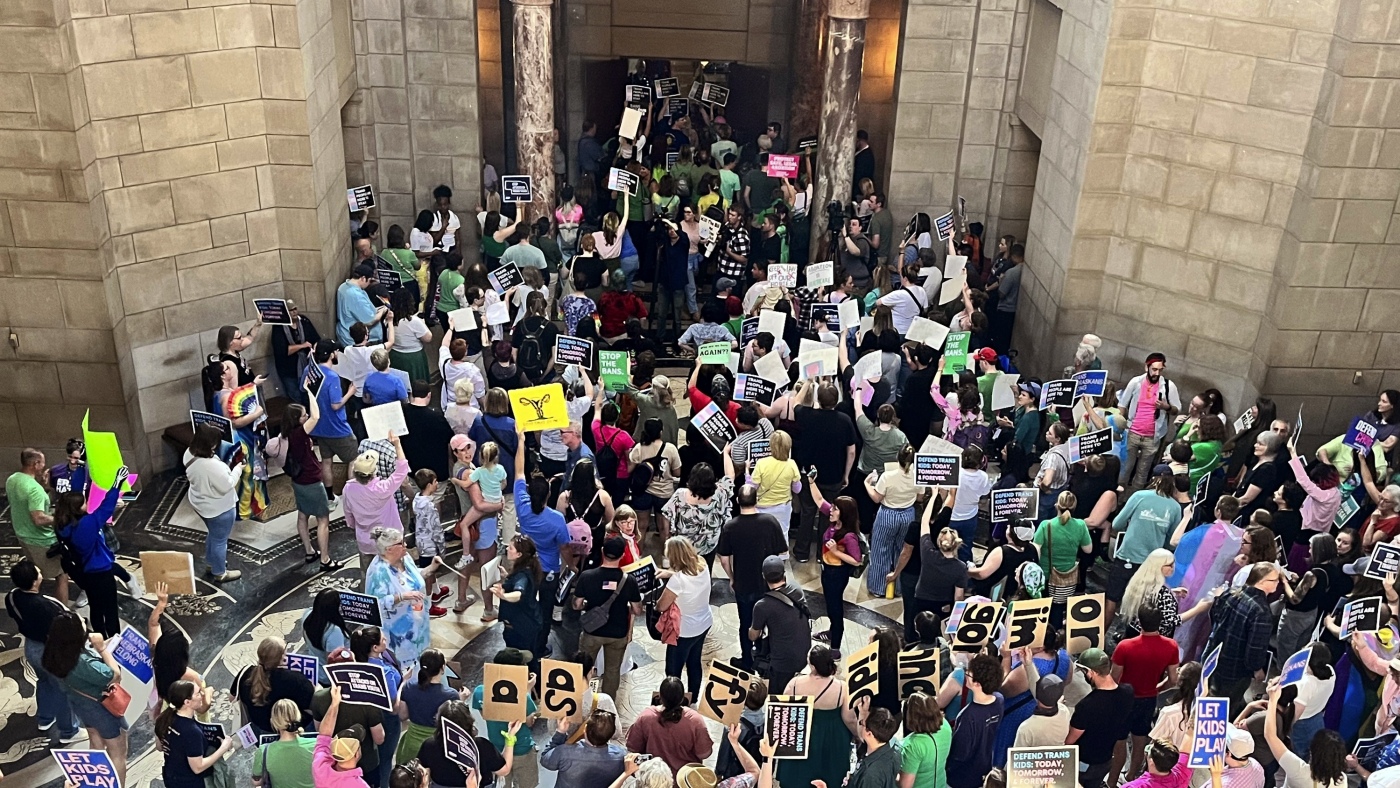Montana’s primary election is now officially in the rear-view mirror. MTPR reporter Edward O’Brien investigated a deceptively simple question from a listener about why Montana’s primaries are so late in the year.
Austin Amestoy: Welcome to The Big Why, a series from Montana Public Radio where we find out what we can discover together. I’m your host, Austin Amestoy. This is a show about listener-powered reporting. We’ll answer questions, big or small, about anything under the Big Sky. By Montanans, for Montana, this is The Big Why.
Welcome back Ed!
Edward O’Brien: Thank you, Austin! Always good to be here. Indeed, we’ve just passed a significant milestone in Montana’s election calendar this year. This makes the question Gillian Glaes posed all the more timely and poignant. In fact, Austin we’re honored to have Gillian join us in the studio today.
Welcome aboard! Great to have you here!
Gillian Glaes: Thanks, you two! It’s nice to be here.
Austin Amestoy: Would you tell us a little bit about yourself?
Gillian Glaes: I’m originally from Montana and grew up in Missoula. I work at the University of Montana and direct the UM’s Franke Global Leadership initiative.
Edward O’Brien: And I also understand you have a passion for history?
Gillian Glaes: I do! I’m an historian and worked in the history departments of Carroll College and the University of Montana, respectively.
Austin Amestoy: Gillian, you’ve piqued my curiosity. What did you ask the Big Why?
Gillian Glaes: I really just wanted to know, why is the Montana primary, held in June, so late on the election calendar?
Austin Amestoy: That’s a fascinating question. Gillian, since we’ve got you here in-person, I think I’ll take a step back and let you and Ed drive the story today.
Edward O’Brien: It’s a fantastic and deceptively challenging question. To be candid — I originally assumed I’d have both it answered and this episode wrapped up in a flash. I was so wrong. It stumped a lot of professional and passionate amateur Montana historians. Heard lots of neat guesses. Nothing concrete. In fact, for a while I was convinced the answer was lost to the sands of time.
Gillian Glaes: But you eventually persevered?
Edward O’Brien: Only after pulling on a few threads provided by many bright, patient and generous people.
Gillian Glaes: Ed, how did you approach my question?
Edward O’Brien: The first person I turned to was former Montana Secretary of State Bob Brown. Brown was first elected to the Montana State House in 1970 and served over two decades in the State Senate. Few Montanans have the kind of institutional political knowledge that Bob Brown has.
Gillian Glaes: What did he have to say?
Edward O’Brien: Brown told me with candor and honesty that he didn’t know why Montana’s primary is held in June! Brown, who loves Montana history, told me he did some research and put in some phone calls to friends who share that passion and everyone came up empty.
He wasn’t the only one.I contacted other historians and history professors and all were left scratching their heads.
Gillian Glaes: So, what came next??
Edward O’Brien: The Montana Historical Society. They found an intriguing reference to a bill from the 1979 legislative session titled: “Times for holding primary elections — cost of municipal election.”
Gillian Glaes: So, that must be the answer. Why June?
Edward O’Brien: Not so fast. I accessed this massive electronic file of the bill’s legislative history — gobs of stuff, hundreds of pages of information to chase that lead. But After poring through it, I realized I‘d hit a dead end. None of it even remotely seemed to address your specific question, Gillian. What’s more, many of the legislators from that time are no longer with us.
One name, however, stood out: Fred Van Valkenburg.
Gillian Glaes: The Van Valkenburg family! Will you share with our listeners who Fred Van Valkenberg is?
Edward O’Brien: Most recently, he was Missoula’s county attorney. But back in ‘79 Van Valkenburg was a young man serving his very first term in the State Senate,making a name for himself and rapidly gaining influence. I gave him a call to see if we could jog his memory.
Gillian Glaes: And?
Edward O’Brien: Didn’t ring any immediate bells. In his defense, we’re talking about some bill from nearly 45 years ago. After giving it some more thought for a few days he determined what we were looking at was a — as he put it — ‘minor and technical ‘clean up’ bill regarding elections in general.
But, during our communication, Van Valkenburg mentioned an intriguing lead from a book in his personal collection called “Atlas of Montana Elections, 1889-1976”. I knew we were onto something a few days later when Montana State University Political Science Professor Jessi Bennion responded to my cry for help, coincidentally mentioning the very same title. Sure enough, the Atlas, prized by Montana politicos, is where we finally found the answer to your question.
Jessi Bennion: It is actually just a book that goes year-by-year. It tells who won each election, what the big debates were at the time and it gives a snapshot of what the elections and the outcomes looked like at the time.
Edward O’Brien: The impetus for moving Montana’s primary to June was the 1952 presidential nomination showdown between Republicans Dwight D Eisenhower and Ohio’s conservative firebrand, Senator Robert Taft:
Video: “At Chicago, the battle for the Republican candidature is underway as Senator Taft is noisily championed by his supporters for the presidential election in November. In his hotel, Mr Eisenhower goes into conference …
Gillian Glaes: So this relates to President Eisenhower’s election in 1952? OK, I’m intrigued. Tell me more.
Edward O’Brien: Montana’s primaries bounced around the calendar throughout the 1900’s, and by ‘52 were held in late summer, actually even later than they are today. That butted them right up against the major party national presidential nomination conventions.
Gillian Glaes: That sounds like a pretty small window between the primary and the conventions.
Edward O’Brien: You are right over the target. Montana was Eisenhower country in ‘52. Yet according to the Atlas of Montana Elections, local party bosses pressured delegates to support Taft at the Republican national convention. That didn’t sit well with a cadre of state lawmakers back home. They developed a proposal to essentially put a little more space and time between Montana’s presidential preference primary and the national convention.
Edward O’Brien: Again, here’s Jessi Bennion:
Jessi Bennion: So, I think that they thought by moving the primary to June, seeing a clear election outcome in June, then the party bosses wouldn’t be able to do any shenanigans during the presidential convention.
Edward O’Brien: Apparently the proposal set off a hell of kerfuffle within the halls of the State Capitol. After the dust settled, the reformers won out and a measure was put on the ballot in 1954 to move that primary.
Gillian Glaes: Interesting. How did voters respond?
Edward O’Brien: I’d say pretty well. It passed by almost 70 percent.
Gillian Glaes: Wow, that’s amazing.
Edward O’Brien: As Bennion pointed out to me — can you imagine anything today passing by that margin? Anyway, beginning in 1956, Montana’s primaries were moved to the Tuesday after the first Monday in June.
Gillian Glaes:
That’s really interesting, because a move designed to empower Montana voters, now seems to kind of rob them of national influence in presidential politics.
Edward O’Brien: It’s a great point. Montana’s primary is near the tail end of the presidential nomination process. Iowa, New Hampshire, Super Tuesday — all those states and many more get to weigh in before we do. Bennion feels your pain, Gillian.
Jessi Bennion: The presidential race gets all the attention. It’s what fires people up. So, if Montana voters already know who the nominee is going to be, it probably de-incentivizes them from showing up at the primary.
Austin Amestoy: I just love it when we can put a nice bow on a good mystery. Gillian, Ed, thanks so much for unpacking this for us today. Great to have you on.
Gillian Glaes: Thank you so much for having me, this was a ton of fun and I really appreciate the time you took to answer my question.
Edward O’Brien: You bet, Gillian, thanks for joining us.
Austin Amestoy: Now we want to know what makes you curious about Montana. Submit your questions below. Find us wherever you listen to podcasts and help others find the show by sharing it and leaving a review. Let’s see what we can discover together!
-
Montana has seen record levels of fundraising for Supreme Court candidates in recent years, parties seem to have their favorite candidates and outside special interest groups spend a lot of money to influence these races. On top of that, not everyone is familiar with the workings of the court. So, how can voters evaluate candidates for state Supreme Court?
-
A listener wants to know why it seems like the homeless population is growing. We’ll look at this issue both statewide and in Missoula to put it into context.
-
Everywhere you look in Montana, there are places to gamble. Odds are good you’ve seen machines in bars, liquor stores and of course, gas stations. How did Montana end up with so many “casinos,” and what does it have to do with bingo? The only sure bet is that The Big Why team has the answers.
-
Montana’s frontier days were stuffed with gold, greed and political corruption — and all three played a part in drawing the state’s western boundary with Idaho. A listener wants to know how that squiggly line came to be. Find out now on The Big Why.
-
In this special episode of The Big Why, A New Angle host, Justin Angle, joins Austin Amestoy to answer two questions.






























